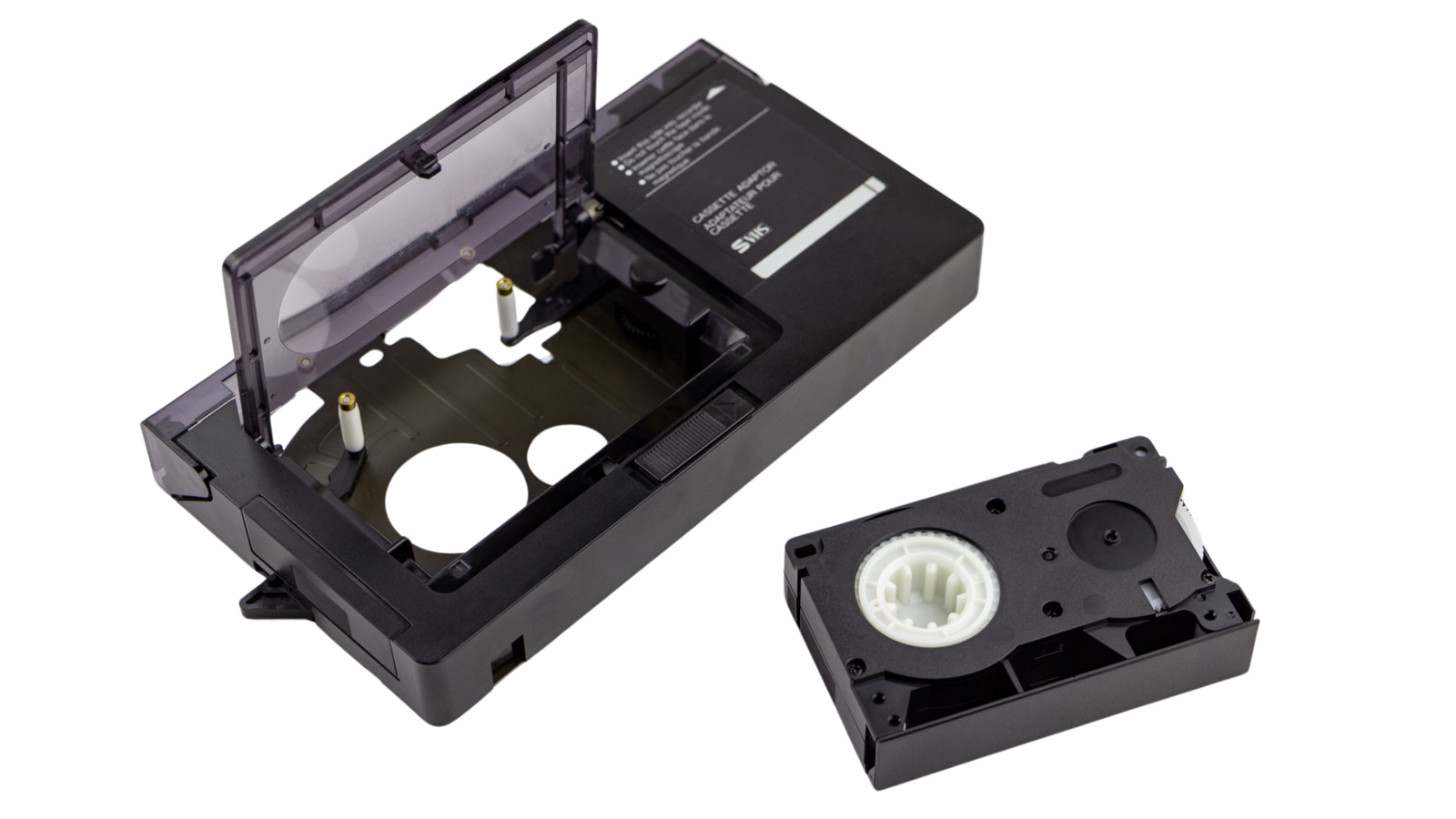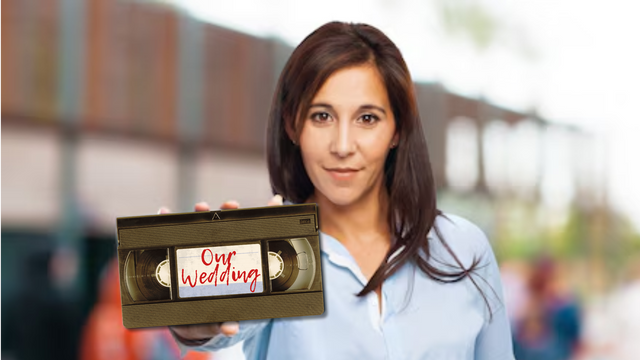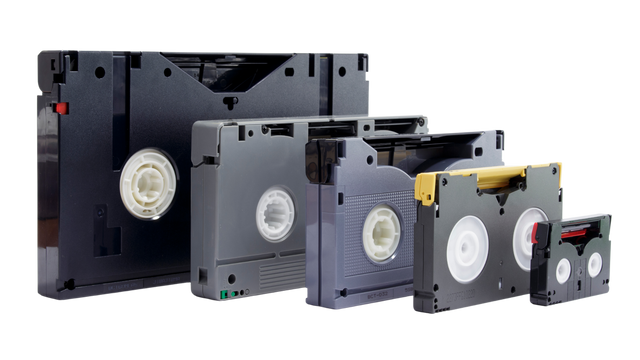What Is a VHS-C Tape?
A VHS-C (Video Home System - Compact) tape is a smaller version of the classic VHS cassette. Popular in the 1980s and 1990s for camcorders, it gave families a portable way to capture memories—from birthday parties to beach trips. But while the tapes are small, the challenge of watching them today looms large.
VHS-C tapes use the same magnetic tape as standard VHS, just wound in a more compact housing. That means they’re compatible with VHS players—if you have the right equipment.
Using a VHS-C Adapter or a VHS-C Player
To play a VHS-C tape in a regular VCR, you’ll need a VHS-C adapter. This device looks like a standard VHS tape but opens up to hold your compact cassette inside. Once loaded, it can be inserted into any VHS player just like a regular tape.
However, both VHS-C players and adapters are getting harder to find. And even if you track one down, older VCRs often have tracking issues or mechanical failures. That’s why more families are opting for a VHS-C to digital conversion service, which makes the memories viewable on phones, laptops, or smart TVs.
You can also read our guide on how VHS-C to VHS adapters work to learn more about how to safely use one.

Mini VHS vs. VHS-C: Are They the Same?
The term mini VHS is sometimes used to refer to VHS-C tapes, but technically, there’s no such official format as “mini VHS.” VHS-C is the correct term for the compact VHS format designed for camcorders. It shouldn't be confused with MiniDV tapes, which use a completely different format and recording method.
Still unsure what you have? If it looks like a tiny VHS tape and was used in a camcorder, it's likely VHS-C.
When VHS-C Tape Repair Is Needed
VHS-C tapes, like all magnetic media, are susceptible to:
- Crumpling or creasing
- Broken tape spools
- Mold from humidity or storage issues
- Detached reels inside the shell
If your tape is damaged, do not try to fix it with scotch tape or household tools. Professional VHS-C tape repair is often included as part of a digitization service, and some companies (like Heirloom) offer free tape repair with conversion.

Why It’s Time to Convert VHS-C to Digital
Even if your tapes are still playing, magnetic media doesn't last. Each playback wears down the tape, and storage conditions can silently degrade your footage. That’s why it’s smart to convert VHS-C to digital now—before something important is lost.
The best digitization options don’t just put your memories on DVD. They upload your videos to a private cloud so you can:
- Watch from any device
- Share with family
- Download anytime
- Preserve the video quality for years
Explore America’s best video tape conversion service to learn how to protect your VHS-C footage without relying on outdated players or fragile discs.

📧 Want more tips like this?
Subscribe to Heirloom emails to learn how to preserve your priceless memories. Get discount codes for expedited shipping, quality digitizing, and secure cloud storage. We never spam, and it’s easy to unsubscribe at any time.


